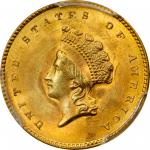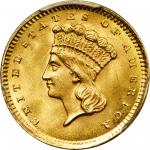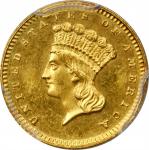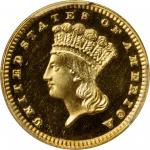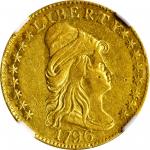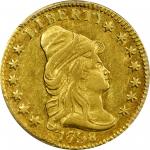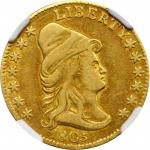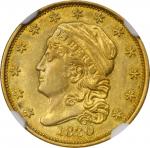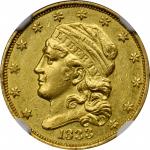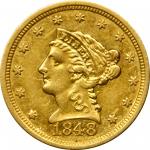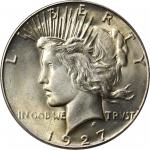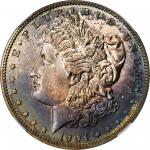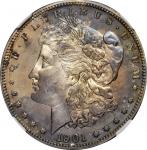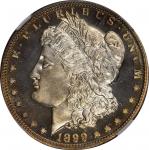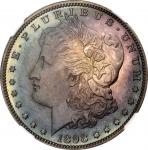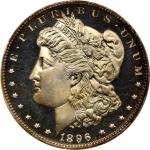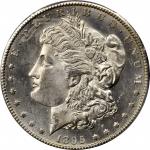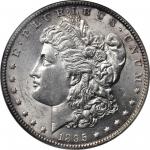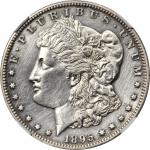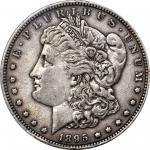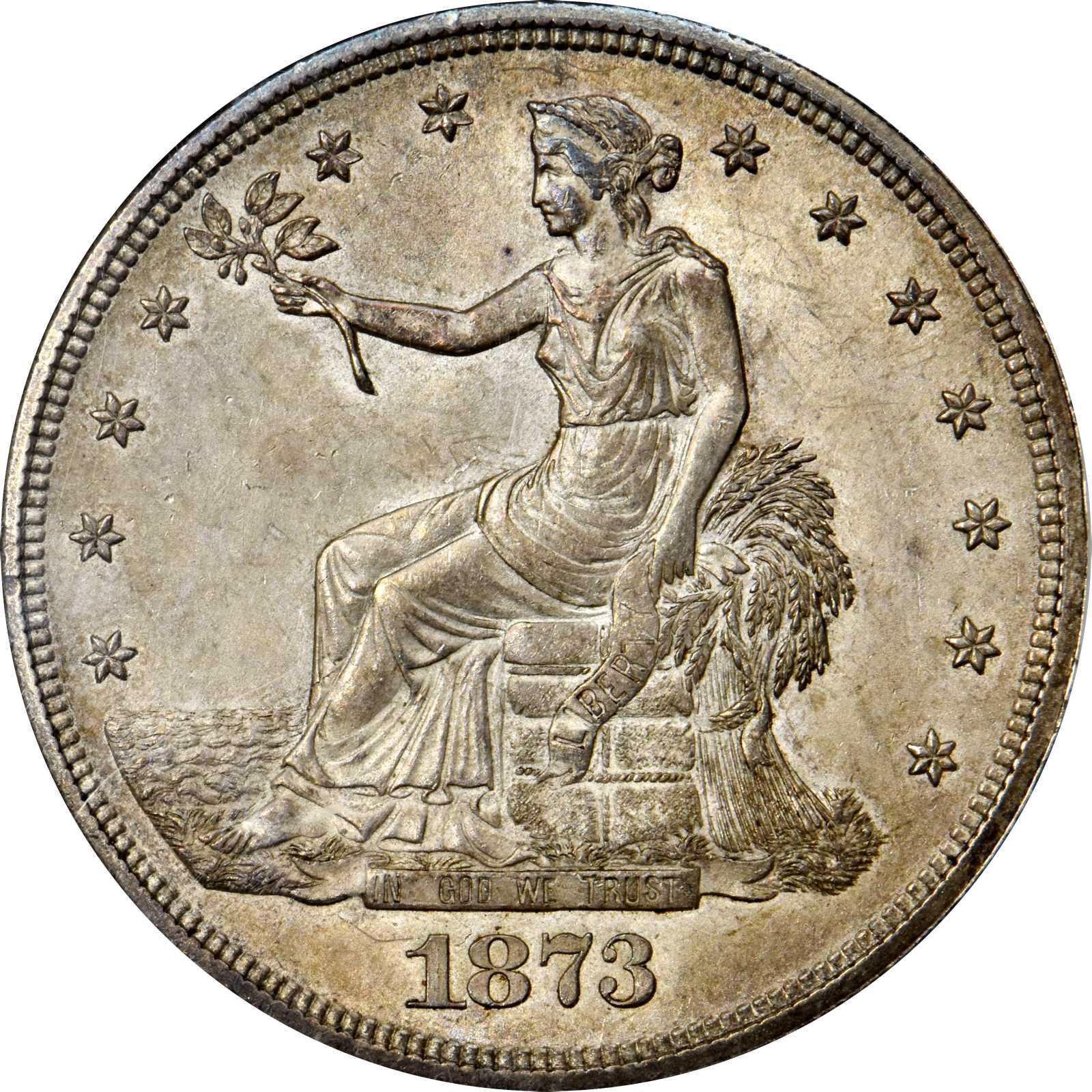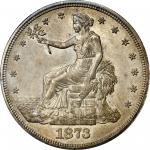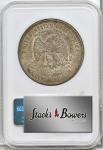1873-CC Trade Dollar. MS-62 (NGC). CAC. OH.Rare and attractive uncirculated preservation for this challenging first year trade dollar issue from the Carson City Mint. Both sides are handsomely toned in a blend of antique silver and golden-russet patina. Luster is full with a softly frosted texture, the surfaces remarkably smooth in hand for the assigned grade. The eagles left leg and talon are softly struck, as often noted for the type, but otherwise the design elements are boldly to sharply defined.<p>The United States trade dollar made its debut in 1873 with circulation strike coinage continuing on a yearly basis through 1878. Authorized by the Act of February 12, 1873, which also abolished the standard silver dollar, the trade dollar owes its existence to Comptroller of the Currency John Jay Knox, principal architect of that omnibus coinage act. During a visit to San Francisco in 1870, Knox became aware of the strong influence of the China trade in the economy of the California port city. That trade, in turn, was heavily dependent on Mexican dollars, which were not only far more plentiful than American silver dollars at the time, but were also more acceptable to Chinese merchants due to their slightly higher weight and greater silver content. The San Francisco Mint had actually produced 20,000 silver dollars in 1859 at the request of local merchants, and the coins proved successful in trade with the Orient despite their disadvantages relative to Mexican dollars. The experiment was not repeated until 1872, however, when the 1872-S dollar emerged with an even smaller mintage of 9,000 pieces. Philadelphia Mint Liberty Seated dollars were also widely exported to the Orient beginning in the early 1840s but, again, such pieces were not plentiful and enjoyed less favor with Chinese merchants than their Mexican counterparts.<p>The trade dollar replaced the silver dollar in 1873 with the specific purpose of meeting the needs of commerce with the Orient. Indeed, the new denomination was authorized at a weight standard of 420 grains (greater than the 412.5-grain silver dollar), intended to make the trade dollar more attractive in the eyes of Oriental merchants. Yearly mintages were also much higher than those of the Liberty Seated dollar, especially at those coinage facilities closest to the ports of embarkation (Carson City and, especially, San Francisco). The trade dollar became an instant success in its intended role.<p>Perhaps surprisingly given its proximity to the silver mines of the Comstock Lode, the Carson City Mints initial contribution to the trade dollar series is a modest 124,500-piece mintage for the 1873-CC. (Much of the silver from Nevadas mines was actually shipped to the San Francisco Mint for coinage.) Most examples were exported to China, as intended, where they circulated widely until their eventual destruction through melting. Shipments of trade dollars from the Orient to coin dealers in the United States beginning in the 1950s contained very few examples of the 1873-CC, and most of the coins that were included were chopmarked. Limited quantities of 1873-CC trade dollars did remain stateside since the denomination enjoyed legal tender status within the United States until demonetized through the Act of July 22, 1876, and these account for the majority of circulated examples in numismatic circles. Contemporary numismatic interest in this denomination was virtually nil, however, and precious few examples of the 1873-CC were preserved in Mint State. This is a superior quality coin for both the issue and the assigned grade, and it is sure to sell for a strong bid.From the E. Horatio Morgan Collection.

